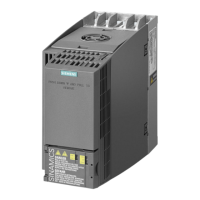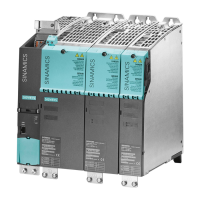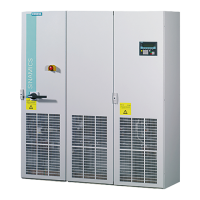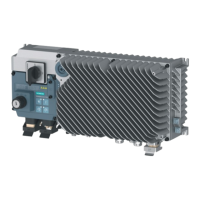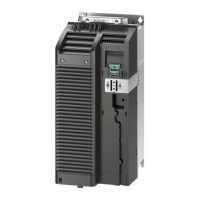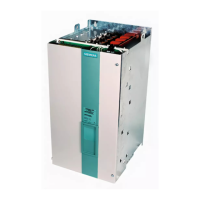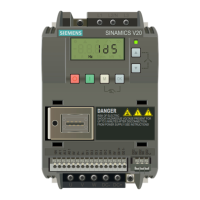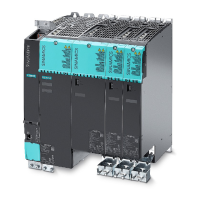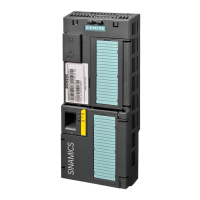Vector control
5.15 Efficiency optimization
Drive functions
Function Manual, 11/2017, 6SL3097-4AB00-0BP5
263
Efficiency optimization
5.15.1
Efficiency optimization for induction motors
Overview
For induction motors, efficiency optimization has the following advantages:
● Lower energy costs
● Lower motor temperature rise
● Reduced motor noise levels
Disadvantages of efficiency optimization
● Longer acceleration times
● More significant speed dips for torque surges
● Lower dynamic response
However, the disadvantages are only relevant if the motor must respond with a high dynamic
performance. Also when that the efficiency optimization is active, the converter motor control
prevents the motor from stalling.
Speed and torque are specified by the driven machine. As a consequence, the flux is the
remaining variable for optimizing the efficiency.
The efficiency of induction motors can be optimized using 2 different techniques. Both
techniques optimize the efficiency using the flux.
It only makes sense to activate efficiency optimization if the dynamic response requirements
are low (e.g. pump and fan applications).

